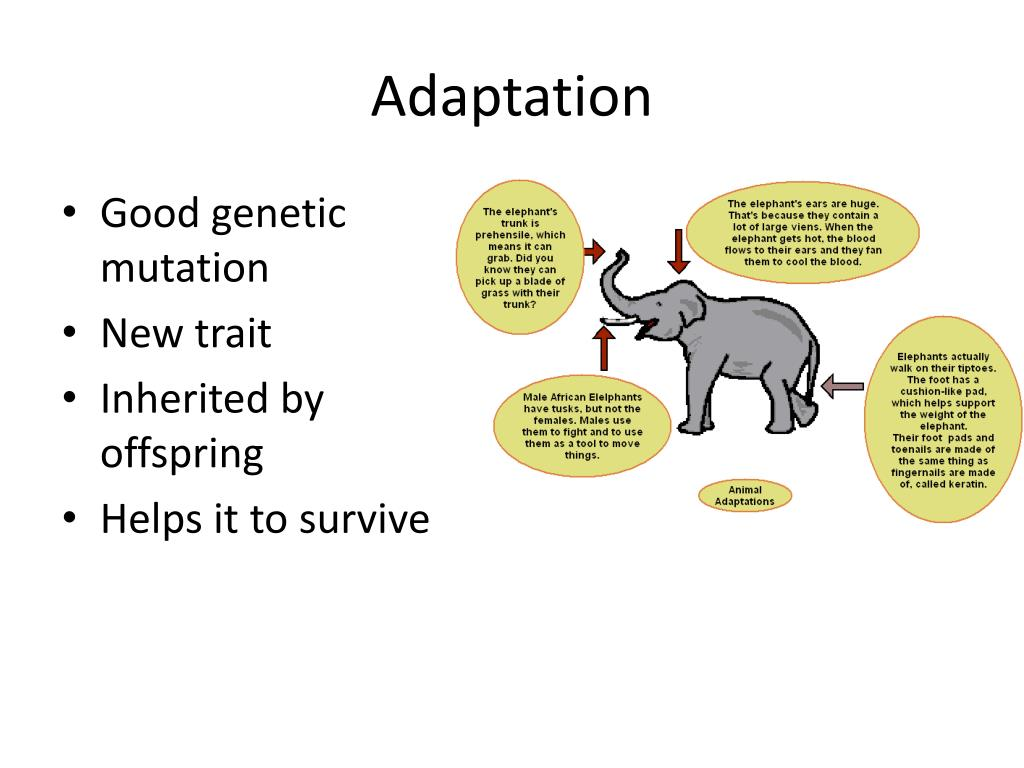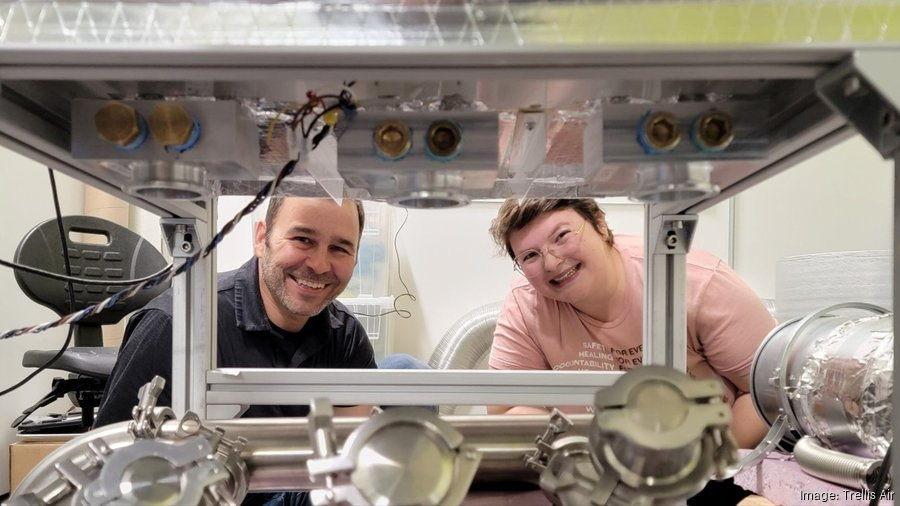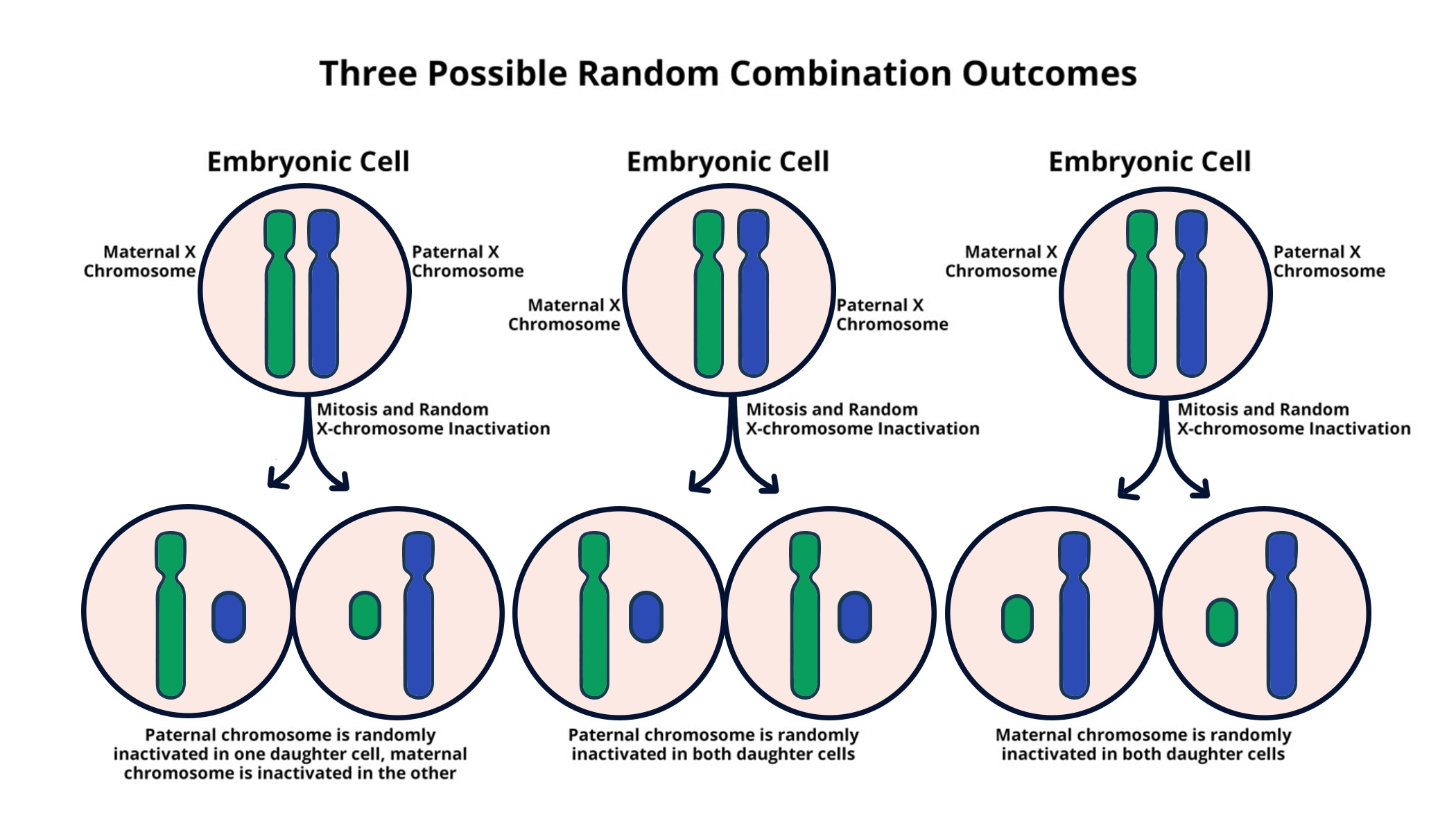Genetic adaptation plays a crucial role in the survival and evolution of species in changing environments. Recent findings from a house finch study highlight how specific DNA mutations can lead to significant adaptations, such as enhanced pathogen resistance. Researchers like Bohao Fang are using advanced pangenomic research to explore these genetic changes and their implications for evolutionary biology. This innovative approach allows scientists to examine larger segments of DNA, unveiling structural variations that may confer crucial disease resistance to the house finch. As we delve deeper into DNA mutation adaptation, it becomes clear that understanding these mechanisms can provide valuable insights into how organisms like the house finch thrive amidst emerging health threats.
The concept of genetic modification for survival involves various mechanisms through which organisms adapt to their surroundings. When we consider the resilience exhibited by species such as the house finch, the role of hereditary changes becomes evident. Researchers have turned to genome-wide studies to investigate how specific genomic alterations can enhance traits like resistance to diseases. This exploration is pivotal in grasping the principles of evolutionary development, particularly when examining the relationship between pathogens and their hosts. By leveraging advancements in DNA sequencing techniques, scientists are uncovering the intricacies of how living organisms can evolve and thrive despite environmental pressures.
Understanding Genetic Adaptation: Insights from the House Finch
Genetic adaptation is a fundamental mechanism through which species evolve and thrive in their environments. The recent house finch study offers a compelling case of how genetic changes can lead to significant advantages, such as pathogen resistance. This research highlights how a specific DNA mutation, revealed through innovative pangenomic techniques, has enabled the house finch to fend off diseases that once threatened its population. The findings demonstrate not just the power of genetic variation, but also its implications for evolutionary biology as we continue to explore how organisms adapt at the molecular level.
By analyzing a broader dataset than traditional methods usually permit, researchers can gain crucial insights into the genetic basis of adaptation. The study of house finches illustrates the importance of structural variance, such as DNA inversions, in providing a clearer understanding of how these birds have adapted over time. Such insights are essential as they not only inform us about finches but also bolster our understanding of disease resistance mechanisms in other species, including humans.
Pangenomic Research and Its Impact on Evolution Understanding
Pangenomic research is revolutionizing our comprehension of genetic variation within populations. By integrating genomic data from diverse specimens, scientists can unveil patterns and adaptations that previous studies missed. The house finch serves as an exemplary model, demonstrating how significant DNA alterations can correlate with disease resistance. This approach broadens the scope of inquiry in evolutionary studies, providing a richer tapestry of genetic information that deepens our understanding of adaptation processes.
The implications of pangenomic findings extend beyond the realm of birds. Insights gleaned from the house finch’s genetic adaptations can be applied to understand evolutionary responses in various species. As researchers continue to explore these methodologies, they may uncover vital clues regarding pathogen resilience that could inform future studies on human genetics. The ability to observe how certain organisms adapt to infectious diseases without external interventions marks a pivotal shift in evolutionary biology.
DNA Mutation Adaptation: The Key to Survival
DNA mutations play a critical role in the evolutionary processes that allow species to adapt to their environments. In the case of the house finch, a significant mutation enables resistance to a specific bacterial pathogen. This scenario exemplifies how genetic adaptations can be pivotal for survival, particularly when faced with environmental changes or emerging diseases. The research underscores the importance of understanding these mutations, as they can reveal mechanisms of resilience that might have broader implications for biodiversity and conservation efforts.
Furthermore, this research illuminates the dynamic nature of genetic adaptation; it is not a static phenomenon but rather a continuous process that shapes the evolutionary trajectory of a species over generations. By studying these mutations and their consequences, scientists can begin to predict how species might evolve in response to future challenges, including climate change and new pathogens. This aspect of DNA mutation adaptation is crucial for both evolutionary biology and practical applications, such as public health strategies.
The Role of Evolutionary Biology in Understanding Genetic Resistance
Evolutionary biology plays a critical role in dissecting the mechanisms underlying genetic resistance to diseases. The house finch study exemplifies how observing natural populations can yield insights into evolutionary adaptations. By tracking changes in genetic variation over time, researchers can unravel the relationship between a species and the pressures it faces, such as pathogens. This interdisciplinary approach not only enriches our understanding of evolutionary mechanisms but also informs conservation strategies for at-risk species.
As the house finch adapts to pathogens in its environment, evolutionary biology provides the theoretical framework for understanding these processes. The concept of coevolution, where hosts and pathogens influence each other’s evolution, is foundational in understanding the dynamics of genetic resistance. Insights gained from the house finch’s story can be extrapolated to other species, enhancing our understanding of how various organisms may adapt to emerging infectious diseases in the future.
Pathogen Resistance: Lessons from the House Finch
The exploration of pathogen resistance through the lens of the house finch offers profound lessons for both evolutionary biology and ecology. As researchers delve into the genetic underpinnings of the finch’s adaptations, they highlight the remarkable capacity of these birds to survive in the face of a conjunctivitis outbreak. Understanding how certain DNA mutations contribute to pathogen resistance not only reveals the finch’s resilience but also holds potential insights for other species, highlighting pathways for genetic improvement against diseases.
Moreover, the findings stress the importance of long-term ecological studies in deciphering these complex relationships. By gathering genetic data over extended periods, scientists can observe evolutionary changes in real-time, providing a clearer understanding of how species adapt to their ever-changing environments. This case study encourages further research into other species facing similar threats, aiming to draw comprehensive conclusions on the nature of pathogen resistance across the animal kingdom.
Finding Hope in Evolution: Implications for Human Health
The implications of studying genetic adaptation in species like the house finch extend to human health, particularly in understanding how our immune systems might adapt to pathogens. This research provides a fascinating parallel to the ongoing exploration of genetic resilience in humans, especially in light of recent global health challenges. By understanding how other species have developed resistance, we could uncover potential pathways or interventions that might aid in human health and disease resistance.
Investigating the house finch’s genetic adaptations paints a hopeful picture of nature’s resilience and ability to respond effectively to changing circumstances. This knowledge is critical as we face new diseases; it allows scientists to explore genetic variations that confer resistance and develop strategies that could enhance our own survival and adaptation mechanisms. Thus, the intersection of evolutionary biology and human health continues to underscore the relevance of genetic studies across disciplines.
The Legacy of the House Finch: A Model for Future Studies
The work surrounding the house finch sets a precedent for future research in evolutionary biology, particularly in the field of genomics. By employing pangenomic approaches, scientists can generate a more comprehensive understanding of genetic diversity within populations, paving the way for discoveries that can inform conservation and management practices. The house finch’s case serves as a model for how other species can be studied to uncover the genetic mechanisms that underlie their adaptations to environmental pressures.
As we move forward, the research methodologies developed through the house finch study can empower biologists to approach questions of adaptation and resilience in a variety of contexts. The benefits of this research extend beyond academic inquiry; they can have practical implications for managing wildlife diseases and enhancing biodiversity. Following the legacy of the house finch, scientists are likely to discover other significant genetic adaptations that could inform broader ecological and evolutionary patterns.
Future Directions: Advancing Research in Genetic Adaptations
Given the promising findings from the house finch study, future research is geared toward expanding our understanding of genetic adaptations across various species. Incorporating advanced pangenomic techniques will enable researchers to examine large datasets, uncovering novel structural variants that may play pivotal roles in other species’ adaptations. Such approaches are essential in addressing the challenges posed by emerging diseases, particularly in wildlife populations that are increasingly vulnerable due to habitat loss and climate change.
Furthermore, as the implications of this research unfold, collaboration between evolutionary biologists, geneticists, and public health experts becomes crucial. By sharing insights gained from studies like those of the house finch, researchers can foster multidisciplinary approaches that address the interconnectedness of wildlife health and human health. The goal is to leverage genetic adaptations to combat diseases effectively, providing a holistic view of resilience that transcends species.
Concluding Thoughts on Genetic Adaptation and Pathogen Resistance
In conclusion, the exploration of genetic adaptation through the lens of the house finch not only enhances our understanding of evolutionary biology but also informs practical applications in disease resistance. The major DNA mutation identified in this study exemplifies how organisms can evolve in response to pressures in their environment, providing a hopeful perspective on the resilience of life. As research continues to unfold, it will shed light on the intricate web of genetics that underpins survival in a world facing numerous ecological challenges.
The journey towards unraveling the complexities of genetic adaptation is just beginning. The house finch study underscores the importance of innovative research in genetics, as it holds the promise of revealing mechanisms that could benefit not only other species but humanity as well. The ongoing exploration of genetic variation across different populations will likely lead to breakthroughs in understanding how life adapts and evolves, imbuing the field of evolutionary biology with vibrant new insights.
Frequently Asked Questions
What role does DNA mutation play in genetic adaptation?
DNA mutation is a key factor in genetic adaptation, as it introduces variations that can enhance a species’ ability to survive in changing environments. For example, studies on the house finch have shown that specific DNA mutations can lead to pathogen resistance, demonstrating how genetic adaptation occurs through evolutionary mechanisms.
How does the house finch study contribute to our understanding of genetic adaptation?
The recent house finch study utilized pangenomic research to uncover significant genetic variations, specifically a DNA inversion that enhances disease resistance. This research provides insight into how genetic adaptation helps species like the house finch respond to pathogenic threats and offers a model for studying evolutionary biology.
Can pangenomic research improve our knowledge of genetic adaptation in wildlife?
Yes, pangenomic research significantly improves our understanding of genetic adaptation by analyzing the genetic variation within a population rather than focusing on individual genes. This broader approach, demonstrated in studies of the house finch, reveals complex DNA mutations that contribute to traits like pathogen resistance, essential for studying evolutionary biology.
What is the significance of pathogen resistance in genetic adaptation?
Pathogen resistance is a significant aspect of genetic adaptation, allowing organisms to survive and thrive despite emerging infectious diseases. The house finch study illustrates how specific DNA mutations provide resistance against pathogens, showcasing the adaptive strategies developed through evolutionary biology.
Why is the house finch considered an excellent model for studying genetic adaptation?
The house finch serves as an excellent model for genetic adaptation because of its well-documented response to pathogens such as conjunctivitis. By examining its evolutionary changes through pangenomic research, researchers can better understand how genetic adaptations contribute to survival against diseases.
What types of DNA mutations are involved in genetic adaptation?
Various types of DNA mutations, such as point mutations, insertions, deletions, and structural variations like inversions, play critical roles in genetic adaptation. The recent findings from the house finch demonstrate how significant structural mutations can enhance pathogen resistance, highlighting their importance in evolutionary biology.
How can genetic adaptation inform us about human evolution?
Research on genetic adaptation in animals like the house finch can provide insights into human evolution by identifying how structural DNA variations contribute to disease resistance. Understanding these mechanisms can reveal potential evolutionary pathways that humans may also exhibit in response to infectious diseases over time.
| Key Points |
|---|
| Research on house finches reveals genetic adaptations related to disease resistance. |
| Groundbreaking pangenomic study identifies a significant DNA mutation linked to resistance against infections. |
| Traditional genetic studies focused on single base pairs, limiting the understanding of adaptation mechanisms. |
| The new pangenomic approach examines broader segments of DNA for large-scale structural variations. |
| The study highlights the importance of genetic variation in evolutionary responses to diseases without vaccinations. |
| Findings can inform research on how other species, including humans, might adapt to infectious diseases. |
| Future population genomic studies could leverage such methodologies for deeper insights into species’ adaptations. |
Summary
Genetic adaptation is a crucial process that allows species to evolve in response to environmental pressures, such as diseases. Recent research on house finches demonstrates that significant DNA alterations can lead to enhanced resistance against infections. By employing innovative pangenomic methods, scientists are unraveling complex genetic variations that play a vital role in evolutionary biology. This study not only sheds light on the specific mechanisms underlying genetic adaptation in house finches but also opens new avenues for understanding how various organisms, including humans, might respond to pathogens in the wild.









